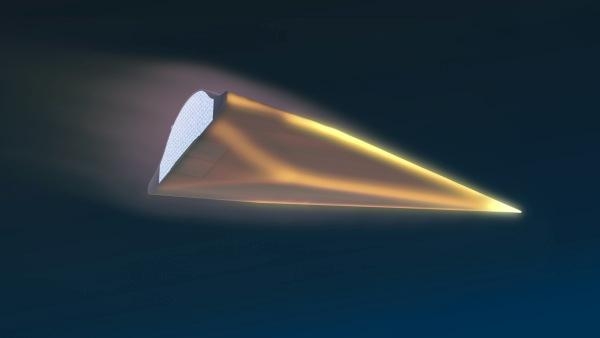Wed, Aug 24, 2011
Advertisement
More News
 1st Annual Affordable Flying Exposition Gets Its Footing
1st Annual Affordable Flying Exposition Gets Its Footing
“Big Things Have Small Beginnings” Set for November 6–8, 2025 at Lakeland Linder International Airport (LAL) in Lakeland, Florida, the first-ever Affordable Flyin>[...]
 Aero-News: Quote of the Day (11.04.25)
Aero-News: Quote of the Day (11.04.25)
“Backed by 90 years of Jeppesen’s gold-standard data and ForeFlight’s relentless spirit of exploration, this combination is building the most unified, intuitive p>[...]
 Aero-News: Quote of the Day (11.05.25)
Aero-News: Quote of the Day (11.05.25)
“Our strategic partnership with AutoFlight, backed by their substantial technological expertise and tangible advancements in eVTOL airworthiness, represents a significant mil>[...]
 Airborne 10.30.25: Earhart Search, SpaceX Speed Limit, Welcome Back, Xyla!
Airborne 10.30.25: Earhart Search, SpaceX Speed Limit, Welcome Back, Xyla!
Also: Beech M-346N, Metro Gains H160 EMS STC, New Bell Boss, Affordable Flying Expo Tickets NOW On Sale! Purdue University’s Research Foundation and the Archaeological Legacy>[...]
 ANN's Daily Aero-Linx (11.05.25)
ANN's Daily Aero-Linx (11.05.25)
Aero Linx: British Gliding Association (BGA) The British Gliding Association is the governing body for the sport of gliding in the UK and members are the 76 clubs that provide glid>[...]
blog comments powered by Disqus




